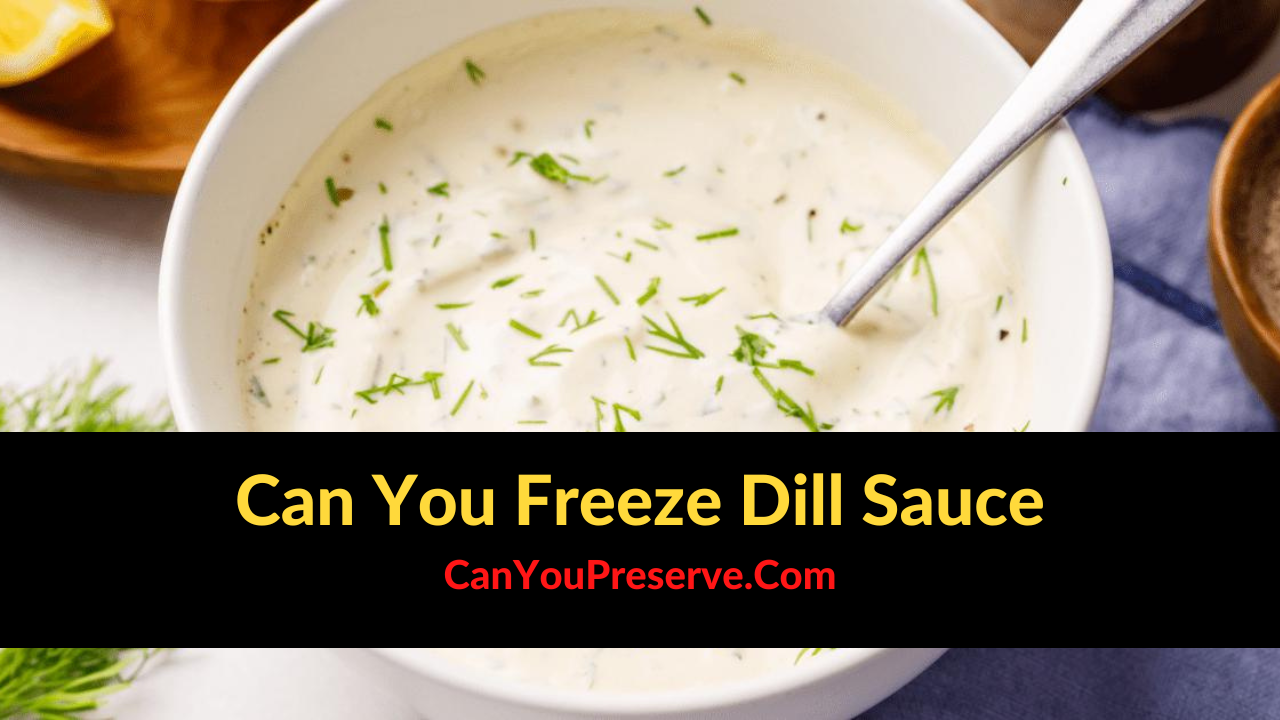Can You Freeze Kale Chips?: The crispy oven-baked kale chips are a great homemade snack. You cannot stop at just eating one chip so making a lot is a good idea. If you’ve got a lot of kale chips that you want to keep for later, you might be wondering how to best preserve them to keep them from getting soggy.
In this article, we will cover the best ways to store your kale chips to ensure they’re as crispy as the day they were made. Keep reading on to find out all the details on storage, shelf life, and freezing of kale chips along with many more interesting facts.
- Can You Freeze Kale Chips?
- How To Freeze Kale Chips?
- How Long Do Kale Chips Last?
- How Long Can You Freeze Kale Chips?
- How To Store Kale Chips?
- What Can You Do With Leftover Kale Chips?
- Do Kale Chips Freeze Well?
- How Do You Keep Kale Chips from Going Soggy?
- Are kale chips healthy?
- Does kale have to be dry before freezing?
- How do you keep kale chips so crunchy?

Can You Freeze Kale Chips?
No, unfortunately, you cannot freeze kale chips. Kale chips that have been frozen lose all their crispness and become unpleasant. Leaving you with a not-so-delicious crispy treat you were looking forward to. Therefore, instead of freezing, you should cook kale chips freshly whenever you fancy a healthy treat.
Moreover, you can’t really even store them in the fridge. You can get away with storing the kale chips briefly for a day or two, but that is about as long as you can keep them before they go soggy. Read on to find out the best storage tips for keeping your kale chips crisp and delicious.
How To Freeze Kale Chips?
Now that we know kale chips cannot be frozen, They lose all of their crispiness, which is the reason you made them in the first place! To store kale chips for a couple of days, follow this method.
Step 1: Cook the kale chips.
Kale chips don’t take long to cook in the oven; within a few minutes, you can take them back out of the oven and pop them onto the kitchen counter to cool. You can also use salt and a little oil for a delicious flavor, or you could try some other flavors such as chili powder or a little garlic.
Step 2: Cool
To eat the kale chips, first, you need to allow them to cool completely. Make sure they are completely cooled down with no heat left in them before continuing. Once they are cooled, you can eat them, or if you prefer, you can store them.
Step 3: Put into airtight containers
Transfer the kale chips from the baking tray into a container with an airtight lid. Most Tupperware containers will work, but you do need to ensure that there’s no entry of moisture. If any air gets to the kale chips, it will add moisture, and this is what makes them soggy.
Step 4: Store for 2 days
You can keep the kale chips at room temperature for a day or two. Simply store them on your kitchen counter or in a cupboard. Don’t try to put them in the fridge, as this will ruin them.
Tip: If you don’t have an airtight container, then try using a freezer bag instead. Put the kale chips into the bag and squeeze out as much air as you can, then seal it tightly. This way, you’ll make sure the kale chips don’t lose any of their delicious, crispy texture.
How Long Do Kale Chips Last?
Depending on their preparation and storage method, the shelf life of kale chips can vary. For example, baked or homemade kale chips can only stay fresh for a maximum of 3 days, even if you keep them at a cool, dry room temperature. If you are in a humid environment, the kale chips might lose their crunch faster, like in a matter of 24 to 48 hours.
| Kale Chips | Shelf Life |
| At room temperature | About 2 days |
| In the freezer | Freezing Kale chips is not recommended |
How Long Can You Freeze Kale Chips?
No, you can’t freeze kale chips at all. You should store the chips for up to two days in an airtight container at room temperature. Also, putting kale chips in the fridge would ruin them, so stay away from doing it!
Read More:
How To Store Kale Chips?
To store kale chips, keep them at room temperature in an airtight container, preferably with a cup of dry rice. The rice will soak up any excess moisture, and the kale chips should last for 2-3 days if stored this way.
For longer-term storage, consider vacuum-packing the kale chip bag. It’s not recommended to put kale chips in the fridge or freezer because this way the chips will lose their crispiness.
What Can You Do With Leftover Kale Chips?
Kale chips are great snacks for a quick crunch, but they do not last long. There are many ways to enjoy leftover kale chips. Some people prefer to eat them straight away, while others save them until another mealtime comes around. Either way, here are some ideas on how you can fully utilize leftover kale chips:
- Make salad dressing using kale chips on top.
- Add the kale chips to scrambled eggs.
- Add kale chips to soups for an added crunch.
- Mix the chips with pasta.
- Turn them into a kale skillet side dish.
Do Kale Chips Freeze Well?
No, kale chips do not freeze well at all. If you are specifically looking for crispy kale chips, store them at room temperature. You can eat kale chips as a healthy alternative to chips or other unhealthy snacks. Just avoid putting them in the fridge or freezer, as that will ruin them.
If you still try to freeze kale chips, you will find they immediately absorb moisture. When it comes to defrosting and eating them, you will find them soggy, and they will taste unpleasant. Therefore, instead of trying to freeze them, use the method outlined in this article for storing kale chips for a few days.
You can also know about other kale varieties like kale juice and whether you Can Freeze Kale Juice by referring to our quick guide.
FAQs On Freezing Kale Chips
1. How Do You Keep Kale Chips from Going Soggy?
The best way to store kale chips and keep them from becoming soggy is to place them in a paper bag. The paper bag will act as a moisture sponge, absorbing any excess moisture from the kale chips, which is what turns them soggy.
Yes, as kale itself is packed full of nutrients, kale chips are certainly healthier than potato chips. Still, you do need to consider how you have cooked the kale chips. If you have used a lot of oil, they will still contain unhealthy elements.
3. Does kale have to be dry before freezing?
Kale leaves tend to trap dirt and require a good rinse before freezing. Roughly chop the leaves and cut the stems roughly and be sure to thoroughly wash and dry both before freezing.
4. How do you keep kale chips so crunchy?
Avoid freezing the kale chips or they’ll lose the crunch. To keep the kale chips crispy, it is important to let them cool completely. Once cooled, the chips can be stored in an airtight container at room temperature for 2-3 days.
Wrapping Up
Kale chips are a type of food that needs to be eaten as fresh as possible. Therefore, avoid freezing the kale chips. They have a short shelf life and can be stored at room temperature for about 2 days.
Follow our tips for proper storage, and you’ll be able to maintain the crispness for a longer time. Check out our other blogs Can You Freeze Sweetcorn for interesting wellness updates.








